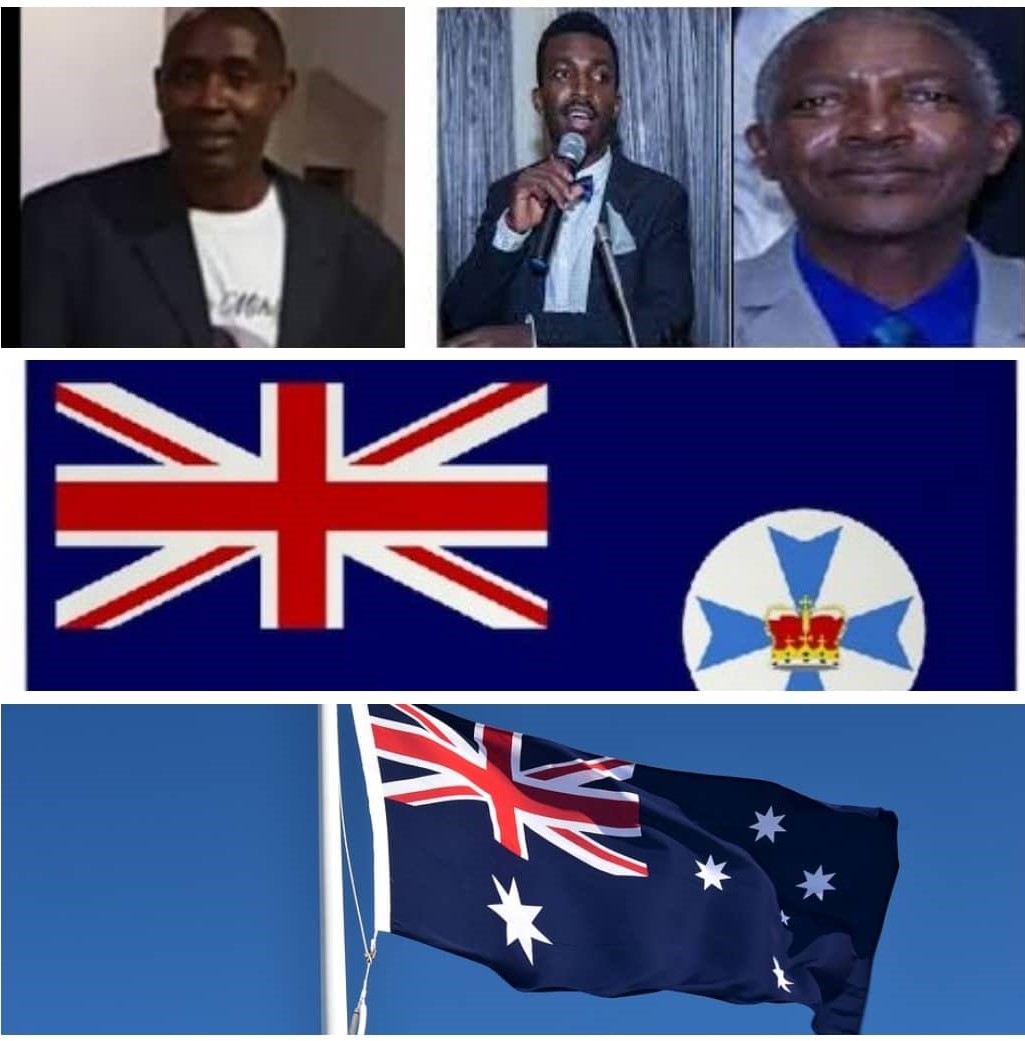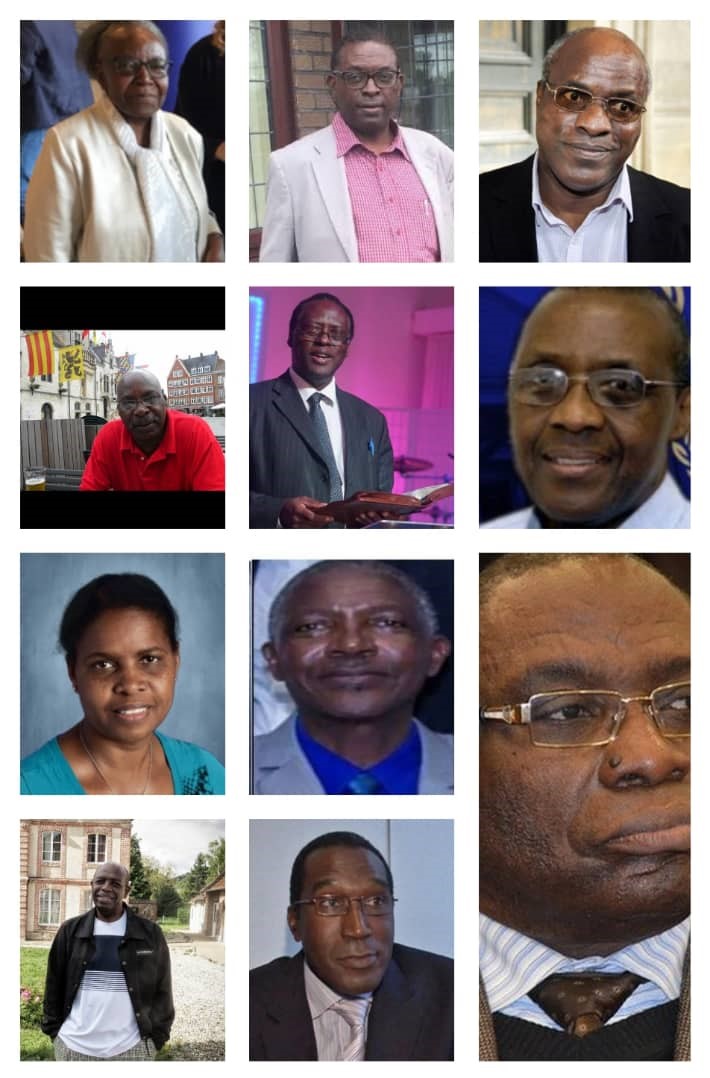International
Rwanda: Dehumanization of the Tutsi a key weapon in their annihilation
.jpeg-20230424092145000000.jpeg)
Gregory Stanton
published “The Stages of the Genocide” in 1998 where he analyses the different stages
of a genocide. Dehumanization appears to be the third stage after
Classification and Symbolization and before Organization, Polarization,
Preparation, Extermination and Denial.
Dehumanization
is the denial of the humanity of others, which is the step that permits killing
with impunity. During the Holocaust, Nazi propagandists routinely used terms
like vermin or list of diseases including bacilli, parasites, cancer, and
excrement to refer to the Jewish population in the areas under their control.
The targeted group is often likened to a “disease” “microbes” “infections” or a
“cancer” which means the group is stripped of their standing as humans.
In Rwanda, before
1994, the term inyenzi (which means cockroaches) was used by public
officials and media to designate the Tutsi group.
Kangura
Newspaper infamously ran an article entitled “A cockroach cannot give birth to
a butterfly” proclaiming that “a cockroach gives birth to another cockroach”. A
word for the Tutsi that frequently came up during propaganda that led to the
genocide against the Tutsi is “Ibyitso” or accomplice. In order to get rid of a
cockroach infestation, you have to kill the eggs and larvae as well as the
adult cockroaches.
Besides being
called cockroaches, the Tutsi in Rwanda were referred to as snakes and rats,
creatures with poisonous venom and able to transmit diseases. The massacres of the
Tutsi between 1959 and 1973 paved the way to the mass killings during the
Genocide against Tutsi in 1994.
By killing the Tutsi,
the killers would say it was “work,” a national duty. Those who got rid of enemies
of the country known as snakes and cockroaches were paid.
Between 1959 and
1973, those who participated in killing the Tutsi were rewarded by owning
lands, houses and cows of their victims. Between 1967 and 1969, President
Grégoire Kayibanda signed a decree that those who fled the country do not have
a right to their properties left in Rwanda.
The
dehumanization of the Tutsi in Rwanda assumed at least three forms: the
familiar name-calling, the reframing of the Tutsi as an enemy of the country
and the rhetoric that the Tutsi were traitors who deserved no other punishment
except death. The Tutsi were
also referred as parasites who benefit from the work of the Hutu (ba
rutemayeze).
Dehumanization
played a big role in facilitating mass participation in the Genocide against
Tutsi. The government persuaded people to kill the Tutsi by spreading
dehumanizing rhetoric and language.
Hassan Ngeze,
the editor of Kangura, argued that all Tutsi women were RPF agents and that all
Tutsi were dishonest. The hate radio, RTLM, made hate jokes about the
Tutsi. It increased hateful rhetoric as the government and RPF began
negotiations in Arusha, Tanzania. The use of repulsive creatures to
describe the Tutsi made it easier to convince people that all the Tutsi, and
not just the RPF, needed to be eliminated.
The genocide
ideology ensured the Hutu would not think twice about stamping on a cockroach
to kill it. Reducing the Tutsi to cockroaches, helped to remove the moral
imperative against killing a fellow human being, by turning them into a
creature that must be stamped out. The Tutsi lost access to resources and
rights in their own country.
The education
system played a pivotal role. At an
early age, in schools, the Hutu were told that the Tutsi are evil.
The
dehumanization process renders a target psychologically and socially easier to
kill, and therefore makes killing appear legitimate and more widespread.
The
dehumanization of the Tutsi under President Kayibanda and later, President
Juvénal Habyarimana, helped to deprive the Tutsi of human qualities.
The Hutu were
prepared to think of the Tutsi as bad and ugly creatures, making it easier to
kill them without any remorse or compassion.
If dehumanization
had not happened under the first and second Republics, Rwanda would have had
fewer extremists, hence fewer killers as well as fewer numbers of genocide victims.




.jpg-20220625121015000000.jpeg-20230420103353000000.jpeg)


